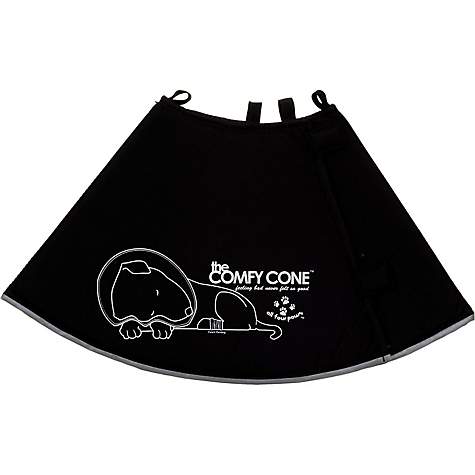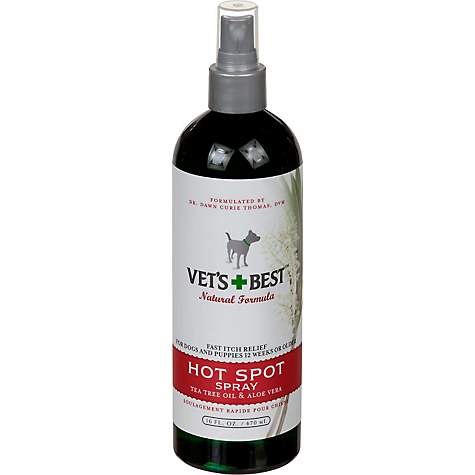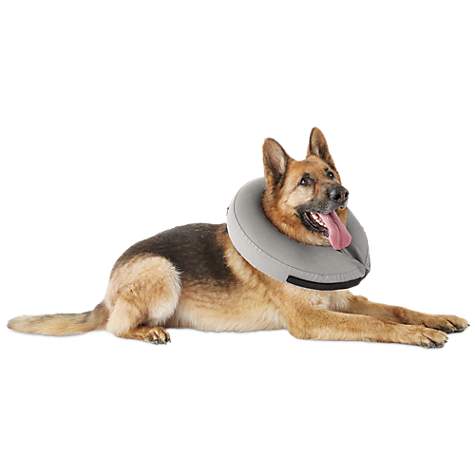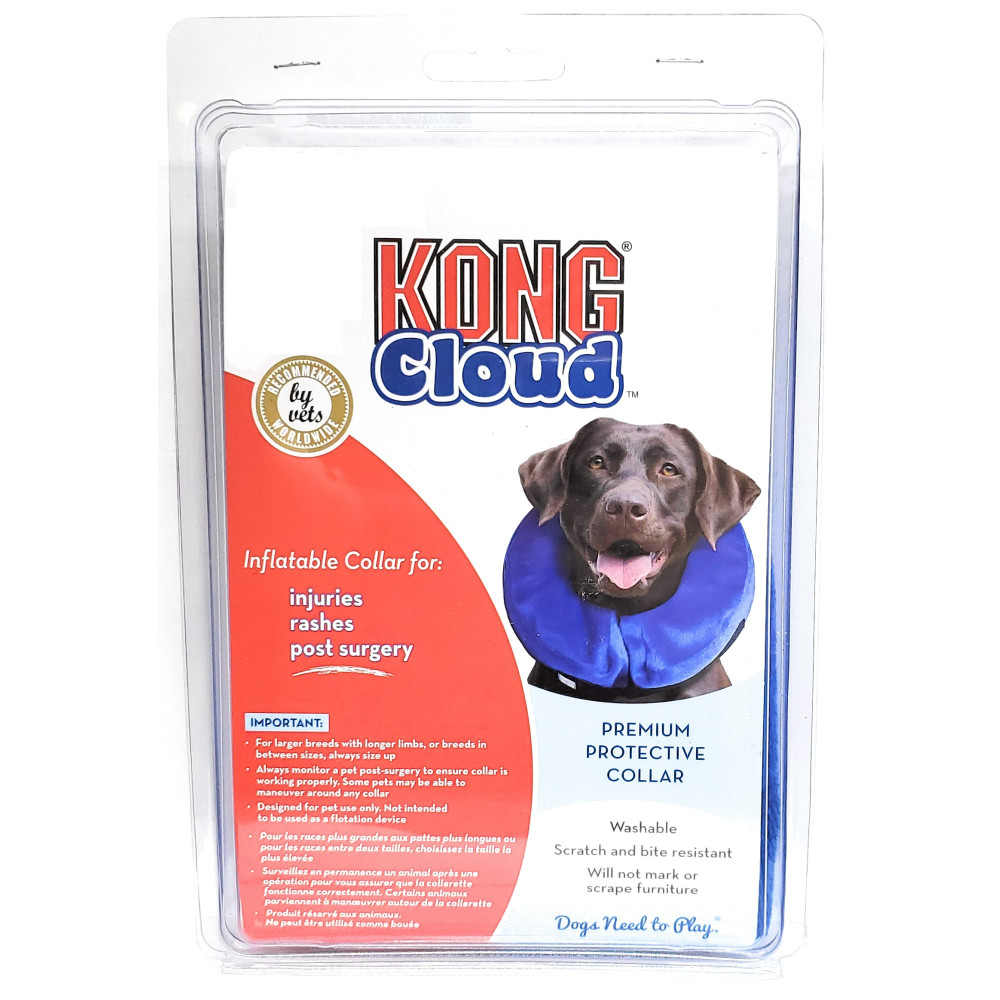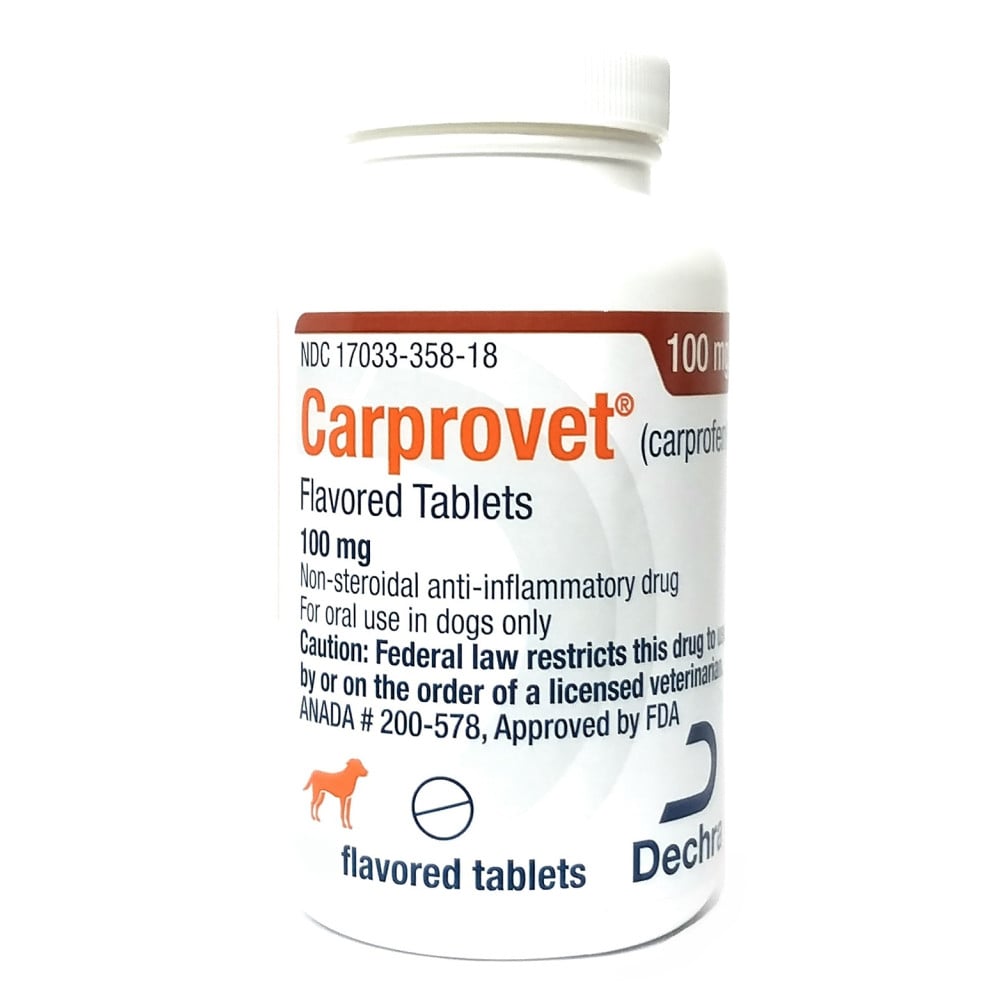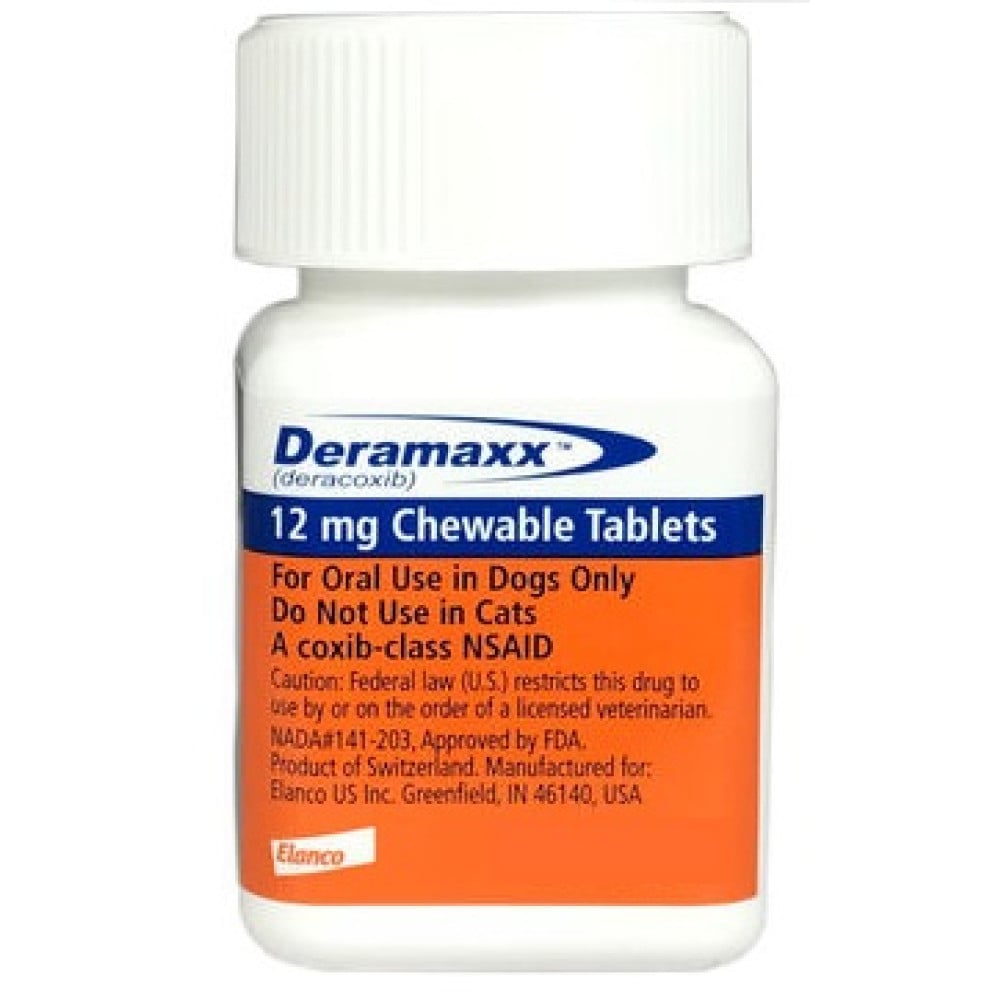Anal Glands - or Guess that Smell?
A dog scooting across the floor has anal gland (or sac) problems, not worms (an old wive's tale). It's very difficult to tell in Malamutes because they may show no signs at all until the gland ruptures. A rupture usually starts looking like a pimple next to the rectum - red and irritated looking. The rectum may look irritated as well. Eventually it may bleed and smell bad. The sooner you catch a problem and have the glands expressed, the better. Once they've ruptured there is a danger of infection and a need for antibiotics, and in severe cases surgery to repair the damage.
Anal glands are scent glands located next to the dog’s anus, which produce a strong-smelling, oily secretion. If they are severely impacted, the secretion can become thick - almost like cardboard, causing a blockage. Anal glands are located between the internal and external anal sphincters (sphincters are the muscles that allow the dog to keep stool in the rectum until it is time to pass). They store this secretion for territory marking. In dogs and cats, every time a stool is passed, it should put enough pressure on the anal glands that some of the secretion is deposited on the surface of the stool telling other dogs who they are (a doggy calling card). They empty through 2 openings located on either side of the dog’s anus at the 4:00 oclock and 8 oclock positions, though it is very difficult to see the openings. The glands vary in size based with the breed, and the size ranges from a pea to a kidney bean, and can be larger when impacted with material. When the anus is stretched as stool is passed, the sphincter muscles squeeze the anal glands and force the contents onto the surface of the stool.
Problems occur when the glands get too full and don't drain properly. This is a painful, messy and pretty smelly condition often mistaken for rectal bleeding or a hot spot if the sac ruptures. If the contents of the anal glands are not emptied naturally when passing stool, the contents become very thick and plug the openings. Why some dogs become impacted and others do not is unknown, but it is likely due to the size of the opening and possibly may have to do with diet. Feeding a high-fiber diet will create more fecal material, which in turn allows for empting of the glands more often. Another possibility is poor muscle function. Regardless, impacted glands are uncomfortable (the reason for scooting) and if not emptied, they can abscess. Material from a normal anal sac is smelly, but if infected with an abscess, it's a really horrible smell you won't forget!
With most Malamutes, you don't have to do anything except be aware. If your dog begins to scoot, lick his rear too much, or seems uncomfortable he needs to be checked. Malamutes with their stoic temperament may never let you know so during a routine vet exam, you might ask the vet to check anal glands to see if they need expressing. This is a simple and painless procedure under normal circumstances. If the glands are full they can be easily emptied while the contents are still fluid. It is more difficult to empty the anal glands when the contents begin to thicken, and at that time it can be more uncomfortable to express (and of course your Malamute will scream and carry on like he's being murdered so have an extra pair of hands to hold him.)
If you are unsure if your dog needs his/her anal glands emptied, watch behavior. With Malamutes, you may not always see a problem due to the amount of hair on the rear - especially with a Wooly. So pay attention. Dogs with impacted anal glands will often scoot their rump, or they may look, lick, and/or bite at their anus. Some chase their tails endlessly. What predisposes some dogs to anal sac abscesses is unknown. While smaller breeds are more prone to this problem, large breeds can have problems too. Dogs that are very obese tend to have more problems than dogs of proper weight. This may be because fat folds block the pores and prevent draining; or perhaps because it's difficult for obese dogs to groom themselves and encourage natural drainage. If your dog repeatedly develops anal sac abscesses, the glands can be removed surgically.
Where are they?
Anal glands are small paired sacs located between the internal and external anal sphincter muscles, one on each side of the anus at about the 5 and 7 o’clock position. It empties through a short and narrow duct to the surface near the inside edge of the anus. Each gland is lined with abundant oil and sweat glands. The substance is a semi-oily, brownish fluid that smells just awful. Many dogs will "express" their glands when stressed, nervous or upset - that's not a fart - that's an anal glad being expressed. For some reason some dogs' anal glands produce a rather thick, semi-solid material which is much more prone to impacting due to the sac's inability to pass this semi-solid material through the narrow duct. We've been told a diet higher in fiber, or adding carrots or green beans to the diet may help. You can also use bran or medications such as Metamucil which will increase the bulk of the stool. The pressure of the firm stool against the colon wall near the anus may help to express the anal sac contents. Dogs that have an existing problem such as infection or obstructed ducts, though, probably won’t respond to dietary changes. Also, as a side note, while the goal is to have a nice copact stool - it can be TOO compact - not enough and anal glands won't empty properly and we've also had a dog bloat due to not enough stool passing and building up a barrier that blocks gas escaping. No, it's not a pretty thing to think about, but your dog's poop is a great key to understanding his health and avoiding potential problems!
Antibiotics are required once the sac has ruptured because fecal material may get into the wound. Some dogs are born with very narrow channels that lead from the glands to the edge of the anus, obstructing the flow of anal sac material making them more prone to problems. Acquired damage to the duct can occur with repeated infetions, trauma, allergies and inflammation which compresses or obstructs the narrow canal.
One study indicates that anal sac disorders affect about 12% of dogs. There are a number of theories why dogs, cats, skunks, and other mammals have anal glands and what possible use they may have. One theory states that anal sac contents, when excreted with the passing stool is a powerful marker.
Anal gland expression, though a nasty chore, is something you can easily do yourself with a pair of surgical gloves and some gauze. Ask your veterinarian to show you how. It's a matter of putting a rubber-gloved finger in the rectum, feeling for the lima-bean sized bump and gently compressing it so the liquid squirts out. The best time to do this is during a bath, in case your aim isn't too good. If your dog frequently scoots his rear on the carpet, licks or bites at the base of his tail or anal region, or displays discomfort when passing stool, make an appointment with the veterinarian and learn how to express your dogs glands. He'll thank you (after they're empty) - you may not feel so generous beause the smell is pretty overpowering. If the glands are emptied regularly and scooting is persists, another cause (such as itchy skin, tapeworms, or even lower back pain) should be pursued.
Constant problems? Surgery may be the answer...
If the glands need to be emptied every few weeks or more, without improvement, you may opt to have the glands permanently removed in a procedure called an anal sacculectomy. This procedure is complicated due to the many local nerves controlling the muscles at the anus and does have potential complications. The risk is that any change in the local muscles of the anal sphincter area can affect fecal continence. Draining tracts can develop after surgery if the gland is not completely removed. However, with chronic anal sac problems, the anatomy becomes a problem anyway so sometimes surgery is the better option. In spite of potential complications, anal sac removal is a relatievely simple surgery when done by a board certified surgery specialist. If this procedure is needed, get a specialist (or a veterinarian with extensive experience with anal sacculectomy) perform it.

